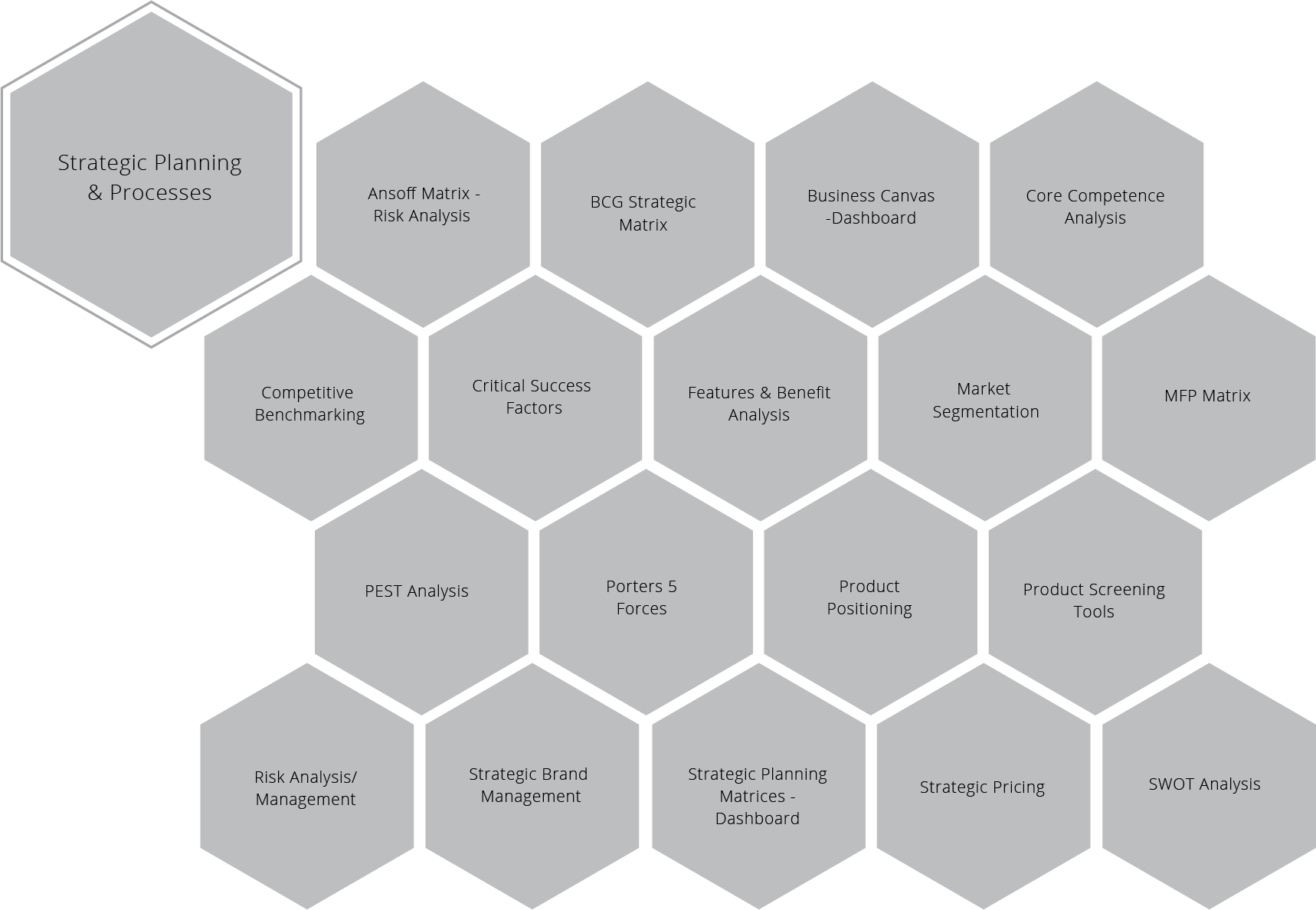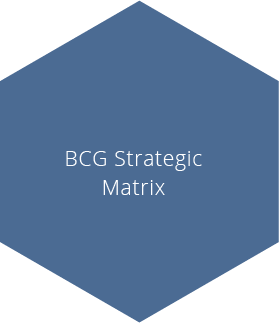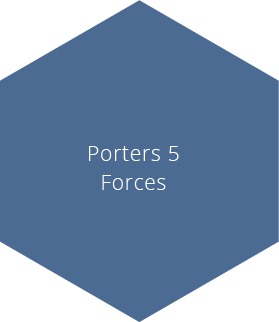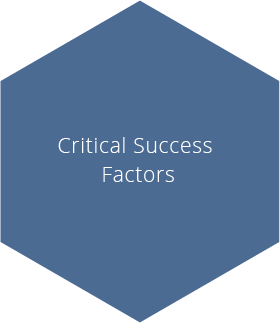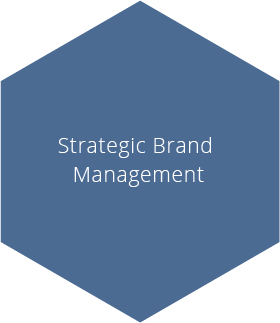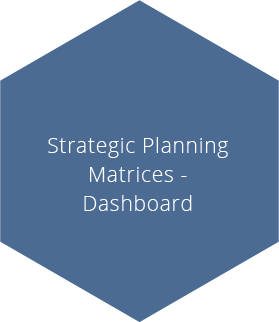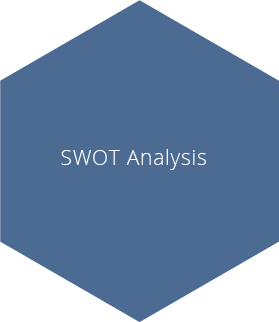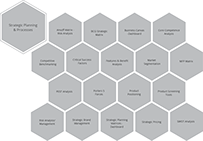Glossary
Logout
©Copyright Arcturus 2022, All Rights Reserved.
7
Terms & Conditions
|
|
|
|
Security & Privacy
Contact
STRATEGIC PLANNING TOOLS/ PROCESSES
|Product Management Phases Vs Elements Alignment
|Strategic Planning & Processes Phase Priorities
Innovation Phase Priorities


Conceptual Phase Priorities
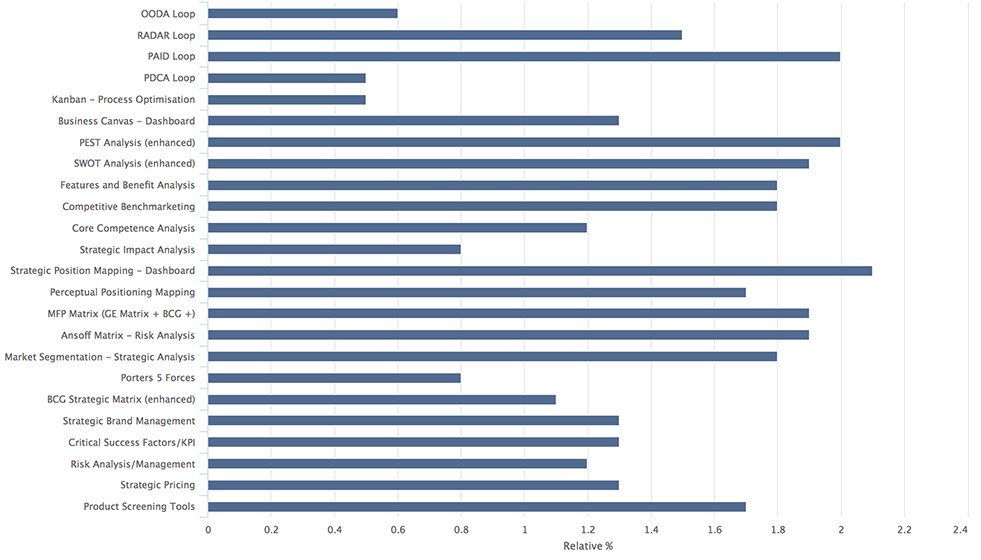
Development Phase Priorities

Release Phase Priorities
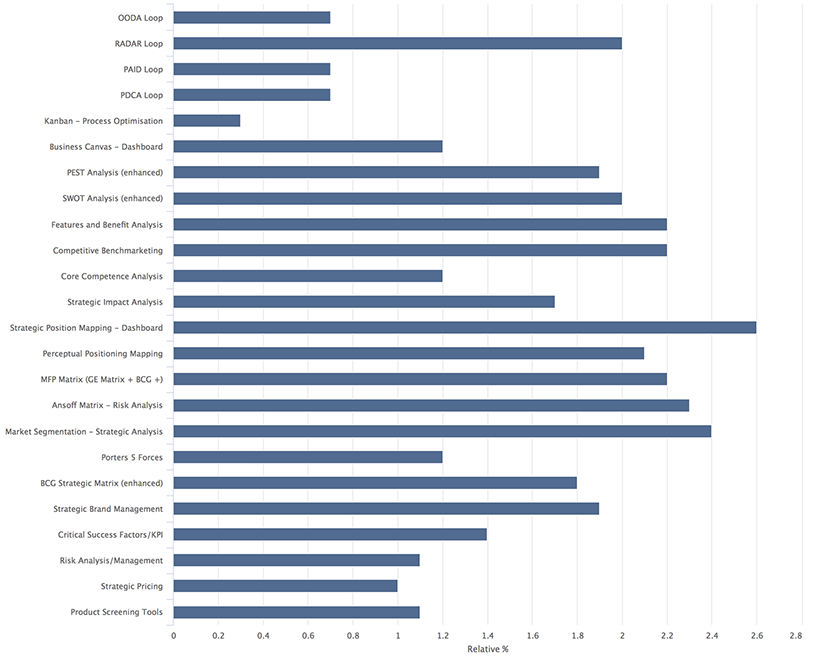
Active LifeCycle Phase Priorities
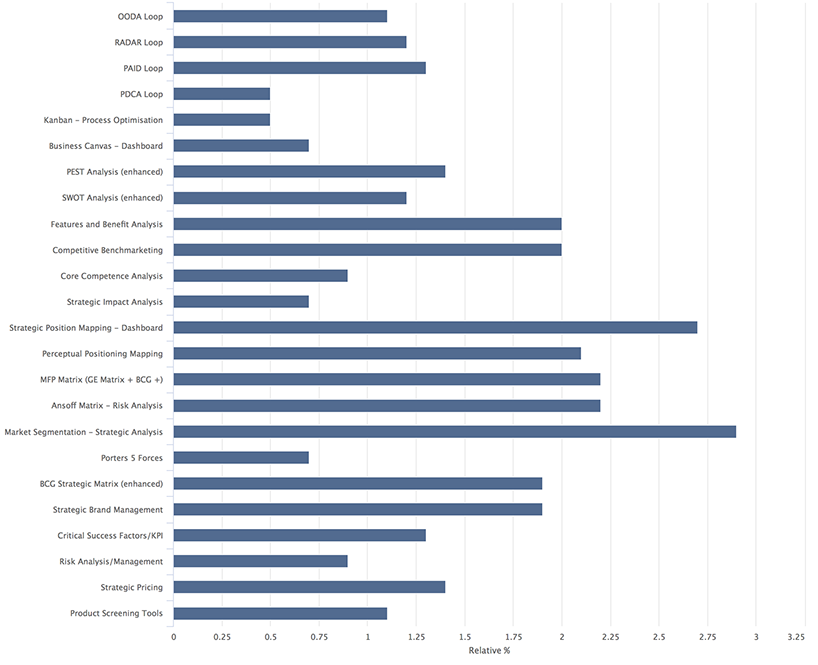
Withdrawal Phase Priorities

Objectives and Goals
- Objectives and goals are both ENDS which management seeks to achieve.
- Objectives are broadly-defined, qualitative performance requirements
- Goals are specific and measurable results that management intends to achieve in pursuit of its objectives
What is a strategy
- A strategy is a very specific decision about how we will allocate resources to accomplish a goal.
- A strategy is a means to the end rather than the end itself.
- A strategy defines how to beat competition on a sustainable basis in meeting customer needs.
Contents of Strategy
A good strategy is a conscious set of choices which defines how you intend to beat competition, on a sustainable basis, in meeting customer needs.
1. Strategic Objectives
Where you see yourself 5-10 years from now (market share, geography, volume and profit).
2. Key Factors For Success
A statement of what really determines who wins in this market.
3. The 4 C's - State your understanding of:
- The Customer (key needs)
- The Competition (what are they bringing to the party?)
- The Company (what are we capable of delivering?)
- The Customer
4. Remember the 5 Principles of Successful Product - Brand Strategies:
- Never give your customer a reason to switch away from your product / Brand.
- Treat every Product as if it were our only Brand.
- Always determine whether a product innovation is a Product / Brand-specific or generic to the category.
- Competition will always follow your technology - not your Brand.
- Test the worst-case scenarios.
5. Specific Strategic Choices
The specific choices we're making about what to do, and what not to do, to gain a sustainable advantage in meeting customer needs.
6. Risks
A statement of the risks inherent in the strategy, and how we plan to manage them.
Characteristics of Strategy of Strategy
1. Sufficient
Deals with key issues
2. Sustainable
3. Selective
Only what is critical to win
4. Synchronised
Synergy
Strategic Management what are measures?
- Mechanism to provide the numerical answer which establishes our position on strategies.
- Reported frequency and graphically.
- Connected to the reward system.
How to Identify an Issue:
Compare what is versus what should be (actual result versus target, goal, standard, norm, benchmark)
How to Identify an Opportunity:
Compare what is versus what might be (actual result versus mission)
|Practitioner Training & Support - Strategic Planning Tools / Processes
The IPM practitioner series, is a definitive and integrated training programme for management professionals operating in the Product Management arena. So whether you’re the Managing Director, Product Director, Product Manager or a member of the Multidisciplinary Team we are confident that you will find this particular training series to be one of the best available and an invaluable asset to both you and your company.
|Strategic Planning Tools / Processes - Professional Support







